Access to EMTP user presentations, webinars, and slide deck presentations.
56 presentations for DER:
Author(s): Ulas Karaagac
Type:Technical Presentation
Date: 2020-12-11
Abstract
<p>This presentation presents a research on static synchronous compensator (STATCOM) integration into a doubly-fed induction generator (DFIG) based wind park (WP) in order to fulfill the... see more grid code requirement for power factor control. The STATCOM impact on the WP high voltage ride-through (HVRT) capability is also analysed.</p><p>The WP HVRT capability is assessed by analyzing the responses to a parametric voltage waveform. The external system is represented by a Thevenin equivalent. The pre-described voltage waveforms are applied to the Thevenin source in order to assess the conformity of the HVRT capability to Hydro-Quebec specifications. An actual WP is considered where the simulation model includes all details regarding collector grid and overvoltage protection. The simulations consider various wind turbine (WT) and medium voltage (MV) feeder outage scenarios as well as STATCOM usage for reactive power compensation. A transient function is also proposed for the STATCOM to improve the WP HVRT capability. The simulation results demonstrate that, STATCOM usage provides a noticeable improvement in HVRT capability of the WP, especially with the proposed transient function.</p>
Author(s): Ilhan Kocar, Polytechnique Montréal
Type:Technical Presentation
Date: 2020-11-20
Abstract
<h2 class="title">EMTP USA User Conference 2019 </h2> <p class="tagline"><b>The validation of field measured... see more switching overvoltages, inclusion of statistical prestrike and corona modeling</b></p> <p id="text-intro">This presentation is on the simulation of switching overvoltages on transmission lines with trapped charge, validation of EMTP line models, modeling of prestrike in statistical simulation studies and discussion of necessary simulation practices by means of validations with field tests. On transmission lines where switching surges are not mitigated with closing resistors and/or surge arresters, high-speed reclosing on a line with trapped charge will produce high overvoltages that have been measured above 3 pu. Careful simulations of these switching events using available Electromagnetic Transient (EMT) programs consistently produce significantly higher voltages than the measurements. It is demonstrated that the transient voltage waveforms can be reproduced very well using frequency-dependent line models, but the magnitude of the maximum overvoltage is significantly overestimated unless the effect of corona is considered. In principle, once a line model is validated, it is possible to proceed with statistical simulation phase to identify the worst-case overvoltage, which is of utmost importance for transmission line and substation related issues such as the evaluation of minimum approach distance and clearance practices. However, before proceeding with statistical simulation phase, it is also necessary to tune the prestrike model in EMTP. In this presentation, we also discuss how to benefit from field tests to fine tune the generic prestrike model in EMTP and then how to proceed with statistical simulation studies while taking corona into account in an efficient manner.</p>
Author(s): Pierre Rault, RTE
Type:Technical Presentation
Date: 2020-11-20
Abstract
<h2 class="title">EMTP Europe User Conference 2019 </h2> <p class="tagline"><b>The EMTP User Conference pres... see moreentations are now available online!</b></p> <p id="text-intro"><b>Influence of HVDC Controls on Transient Stability of Synchronous Machines</b><br> With the energy transition in France and in Europe, the transmission grid is strongly impacted by the forthcoming connection of power electronics devices, such as offshore wind farms and HVDC interconnections. These new devices use power electronics converters that generate transients which are usually more complex to analyzed than for standard AC devices, in particular during faults. These phenomena can have an impact on the grid stability.<br> The presentation will focus on the transient stability studies of synchronous generator influenced by power electronics devices. The objective is to compare the critical fault clearing time for different fault locations, fault conditions and different HVDC converter fault ride through control strategies. Generic test cases as well as real scenarios are considered. In this study, the critical time is obtained with bisection method thanks to the new parameter sweep toolbox.
Author(s): Mohammed Naidjate, Institut de Recherche en Energie Electrique de Nantes Atlantique
Type:Technical Presentation
Date: 2020-11-20
Abstract
<h2 class="title">EMTP Europe User Conference 2019 </h2> <p class="tagline"><b>The EMTP User Conference pres... see moreentations are now available online!</b></p> <p id="text-intro"><b>Reluctance Network Method under EMTP. Application to Transformers Modelling</b><br> Transformers are one of the most essential elements of the power systems. Usually, equivalent electrical circuits of transformers are used in EMT programs, with their limitations (fluxes and leaks are globalized, internal defects cannot be simulated, …). A model based on reluctances network method and a mesh approach has been developed. It can reproduce the electromagnetic behavior of transformers faithfully and is configurable, automatable and compatible with EMTP.
Author(s): Evangelos Farantatos, Electric Power Research Institute (EPRI)
Type:Technical Presentation
Date: 2020-11-20
Abstract
<h6 class="text-black" style="padding-bottom: 30px; padding-top: 30px; text-align: justify;">Speaker: <strong>Evangelos Farantatos&l... see moret;/strong>, <em>Electric Power Research Institute (EPRI)</em></h6> <p class="text-black">Inverter-based resources have much more complex fault current characteristics compared to conventional synchronous generators. Hence, legacy protective relays set under the assumption of a conventional power system with predominantly synchronous generation, may misoperate under high level of renewables.<br><br> This presentation first investigates the impact of wind generation on the performance of negative-sequence-based protection. In many applications, wind generators are designed to suppress negative sequence current partially or entirely. Negative sequence current suppression control may result in the misoperation of protection schemes whose operation relies on the assumption of negative sequence quantities being present in substantial levels during unbalanced faulted conditions. The impact of wind generation on negative-sequence overcurrent and negative-sequence-based directional elements is investigated in this work.<br> In addition, the impact of renewable resources on the performance of power swing protection is investigated. Case studies with examples of Power Swing Blocking (PSB) and Out-of-Step Tripping (OST) elements misoperation under wind generation will be presented.</p>
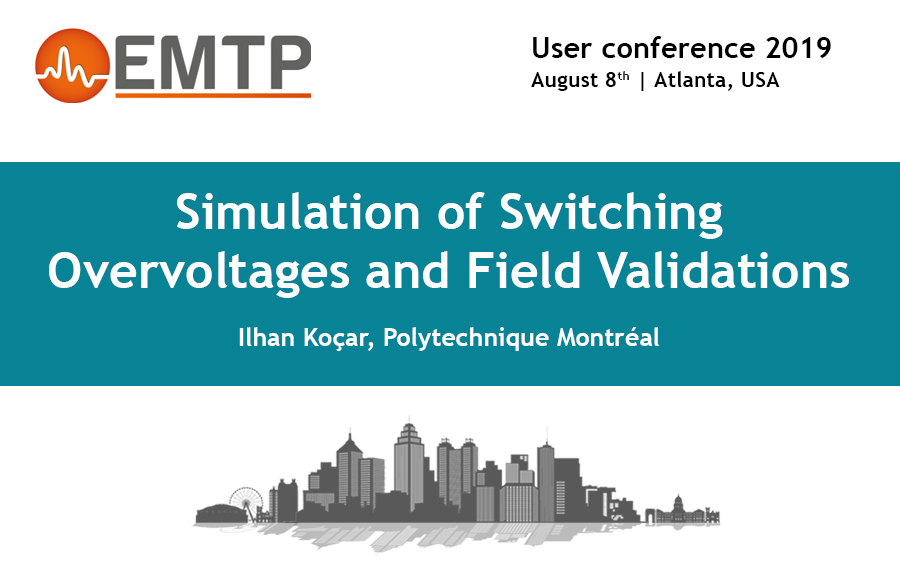
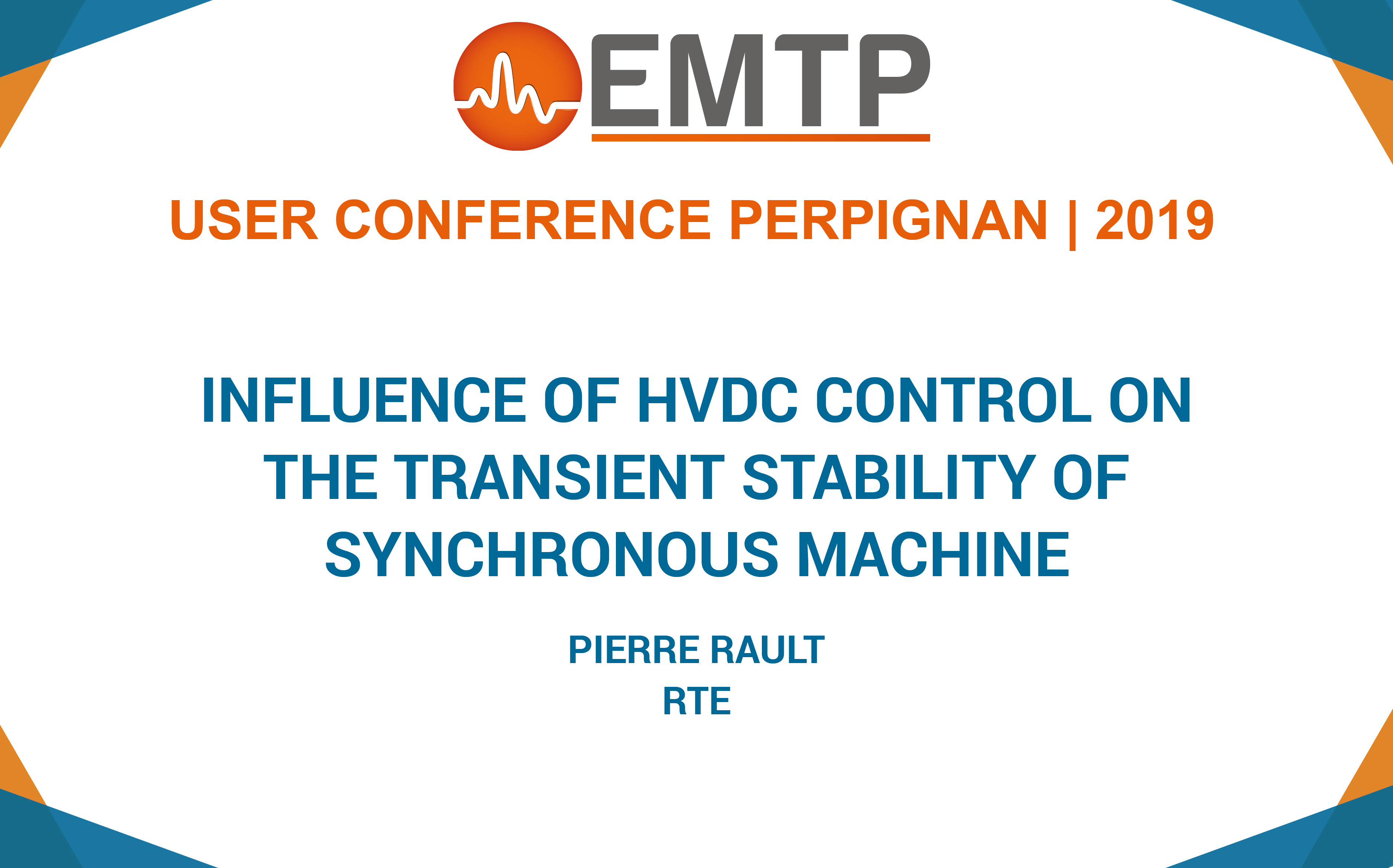
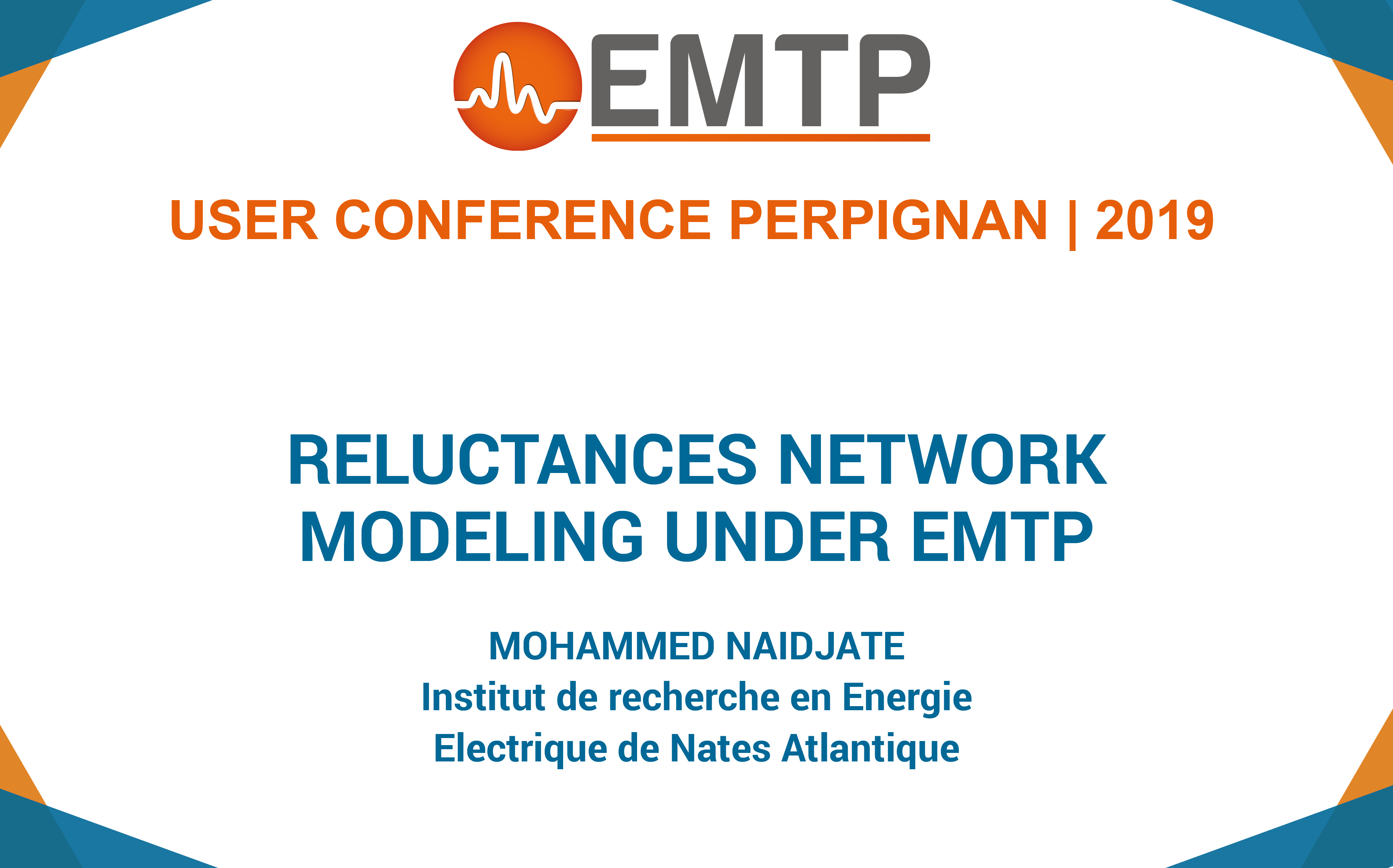
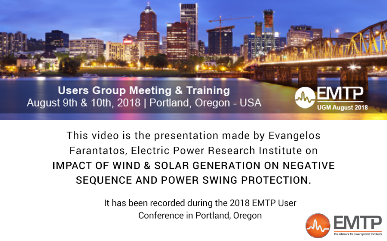
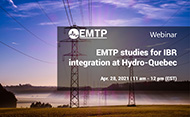
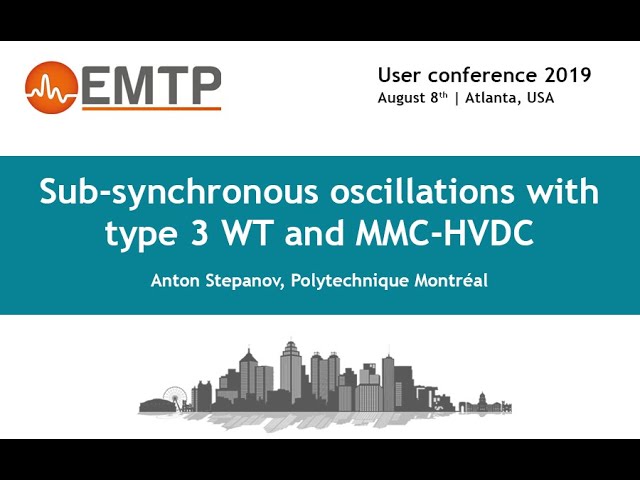
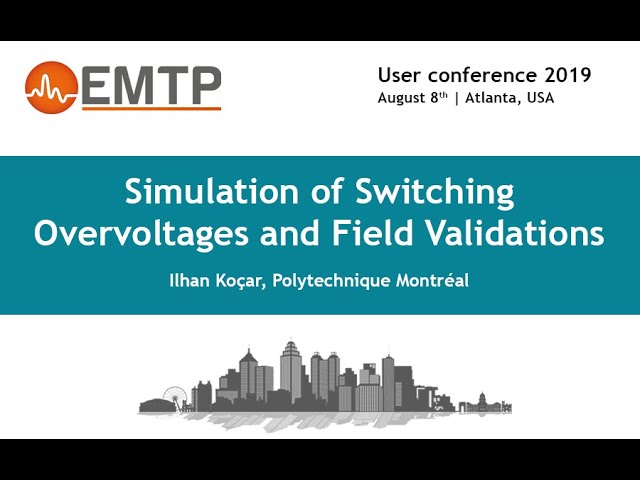
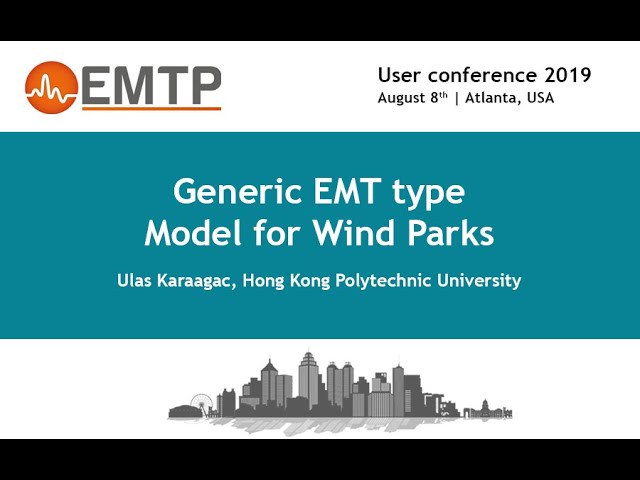
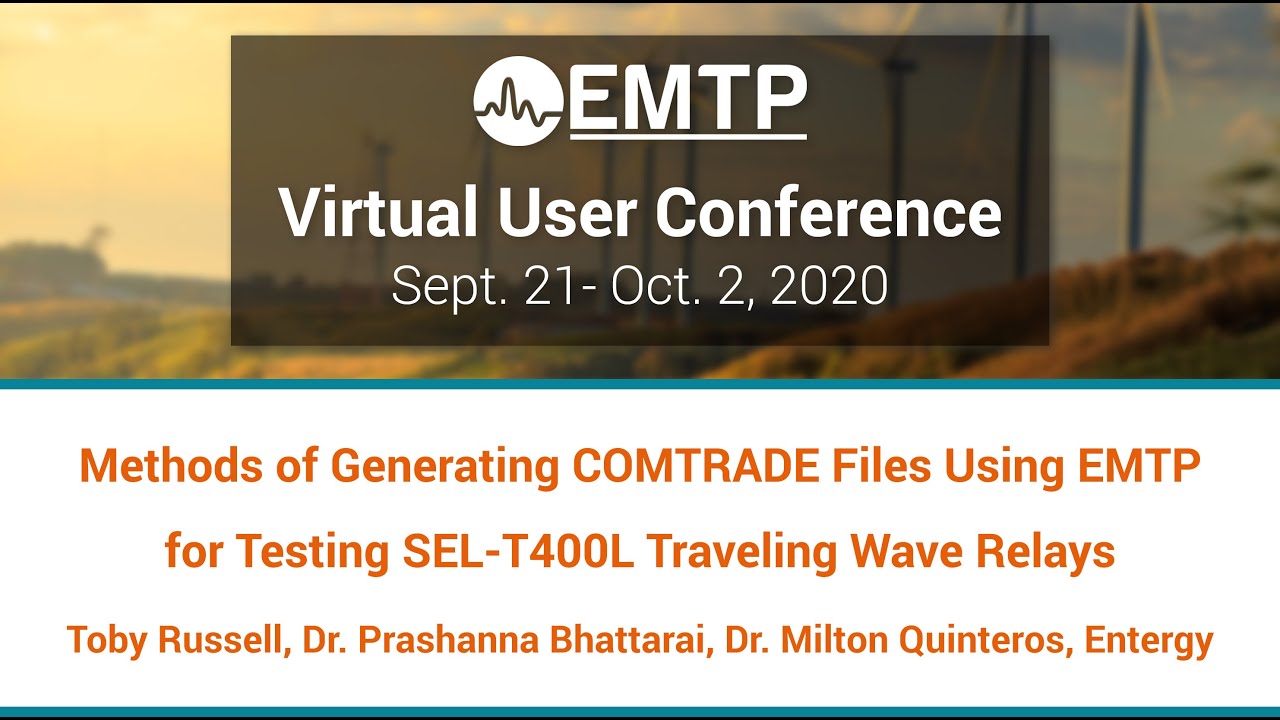
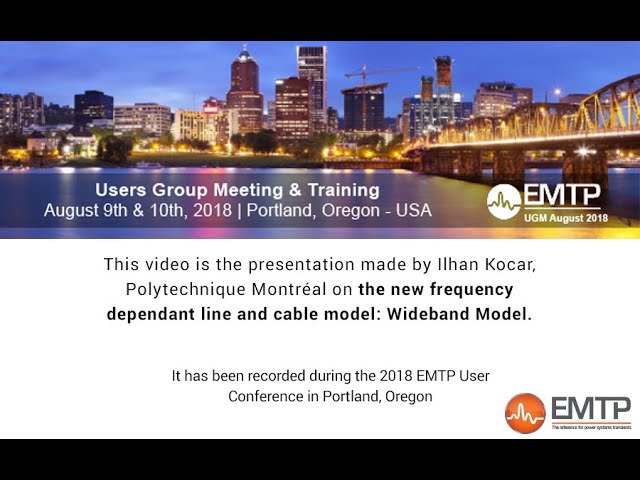
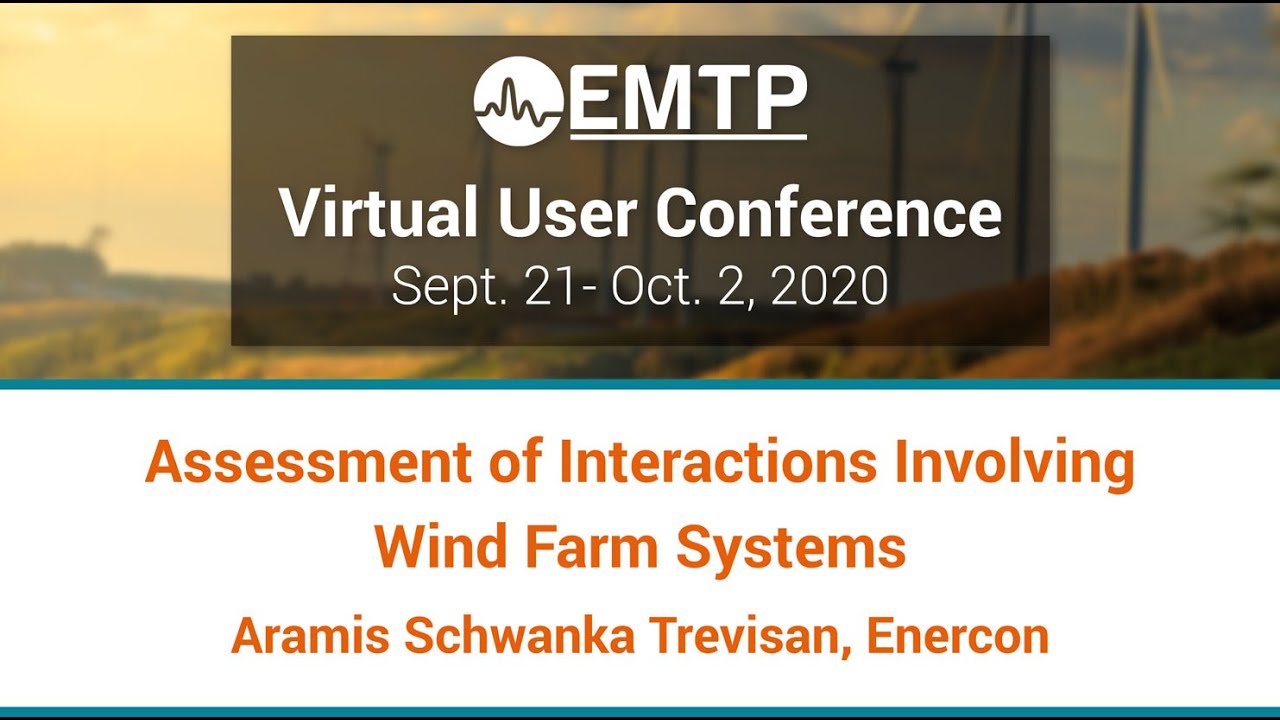
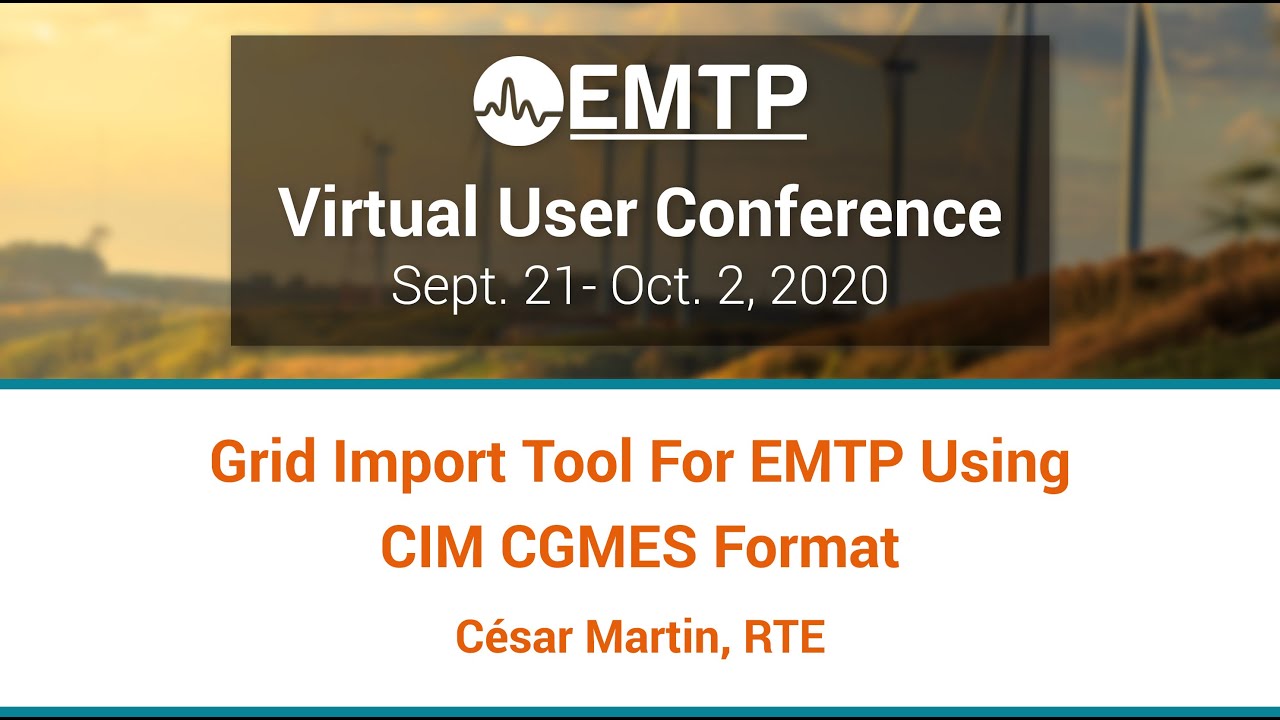
![[R&D]_EMTP : Recherche et développement [R&D]_EMTP : Recherche et développement](https://www.emtp.com/system/files/imagecache/presentation/slide1_1.jpg)
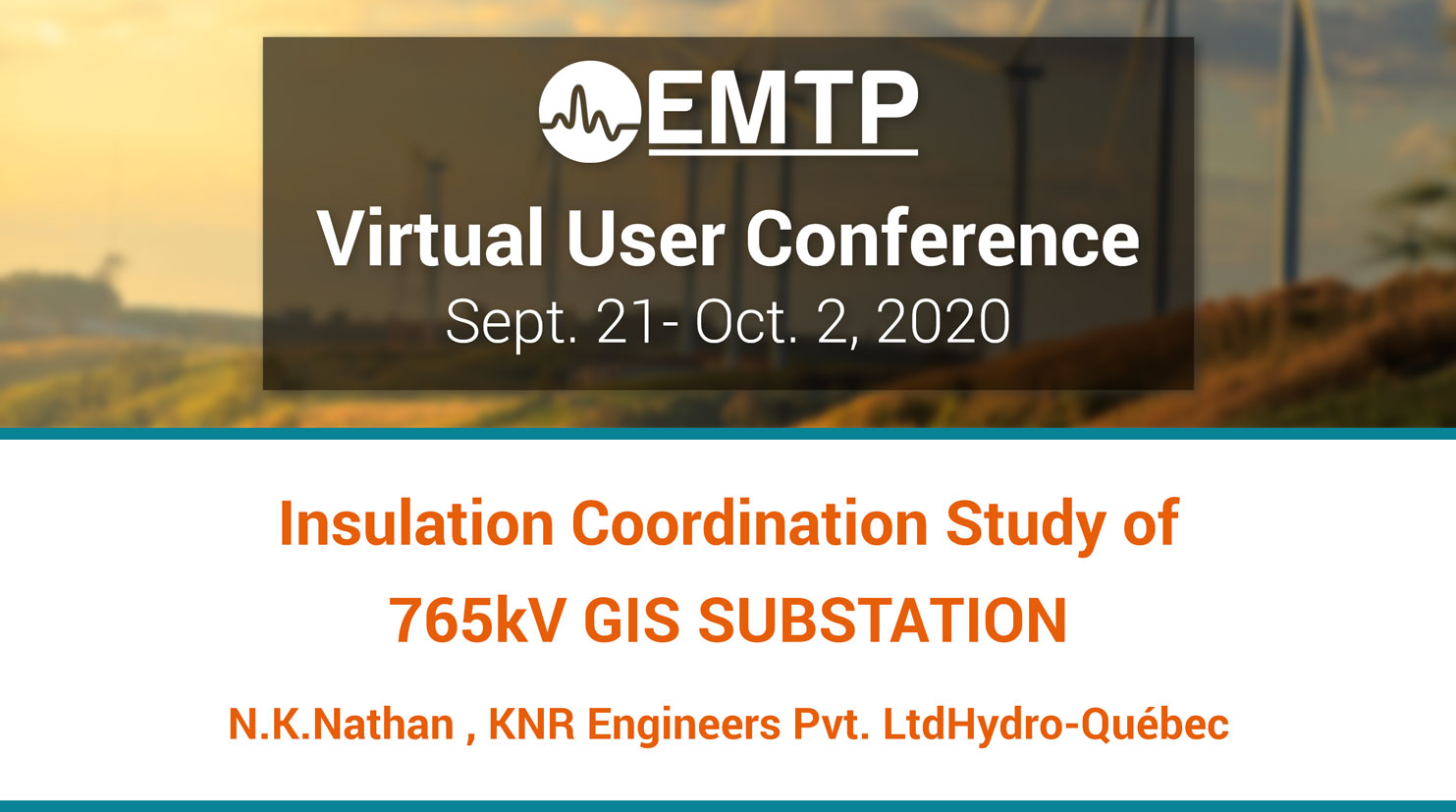
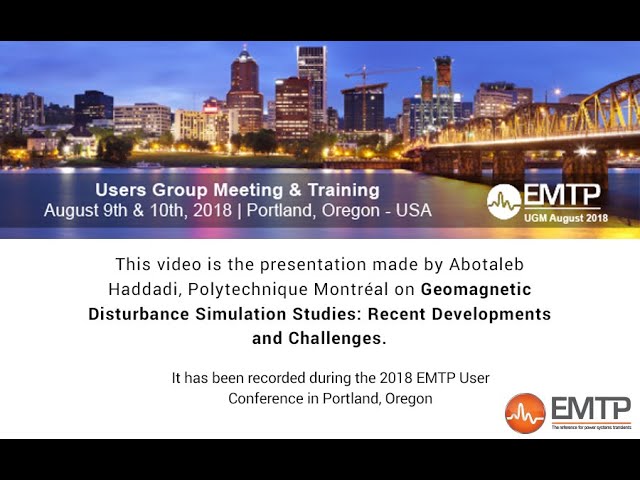
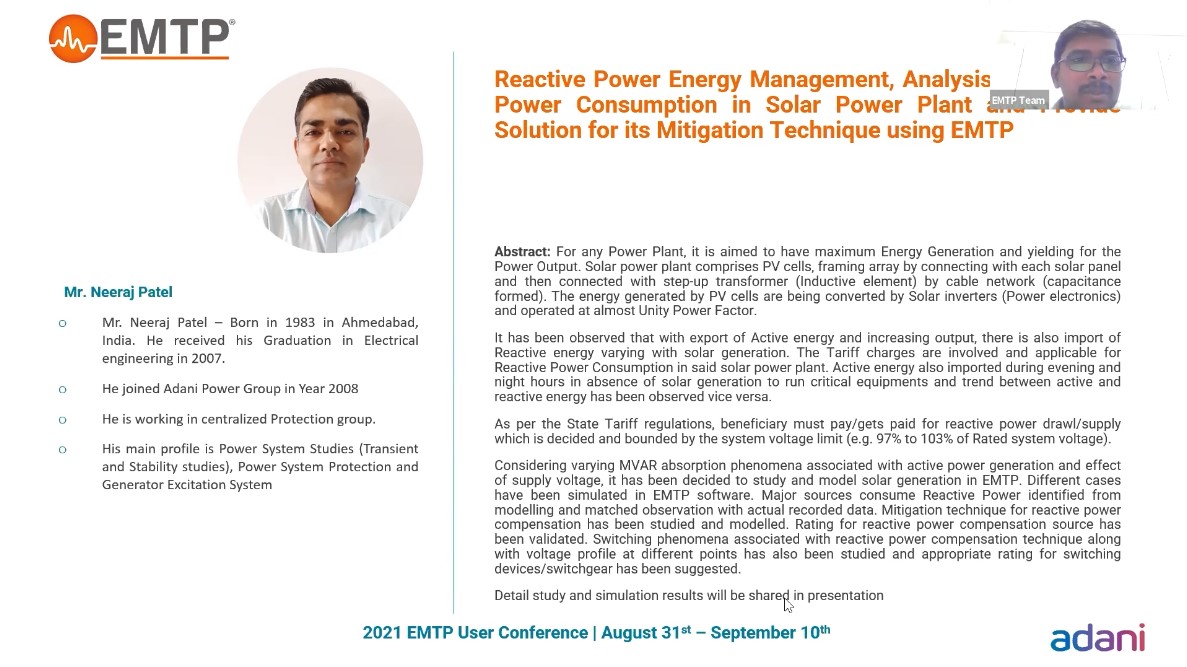
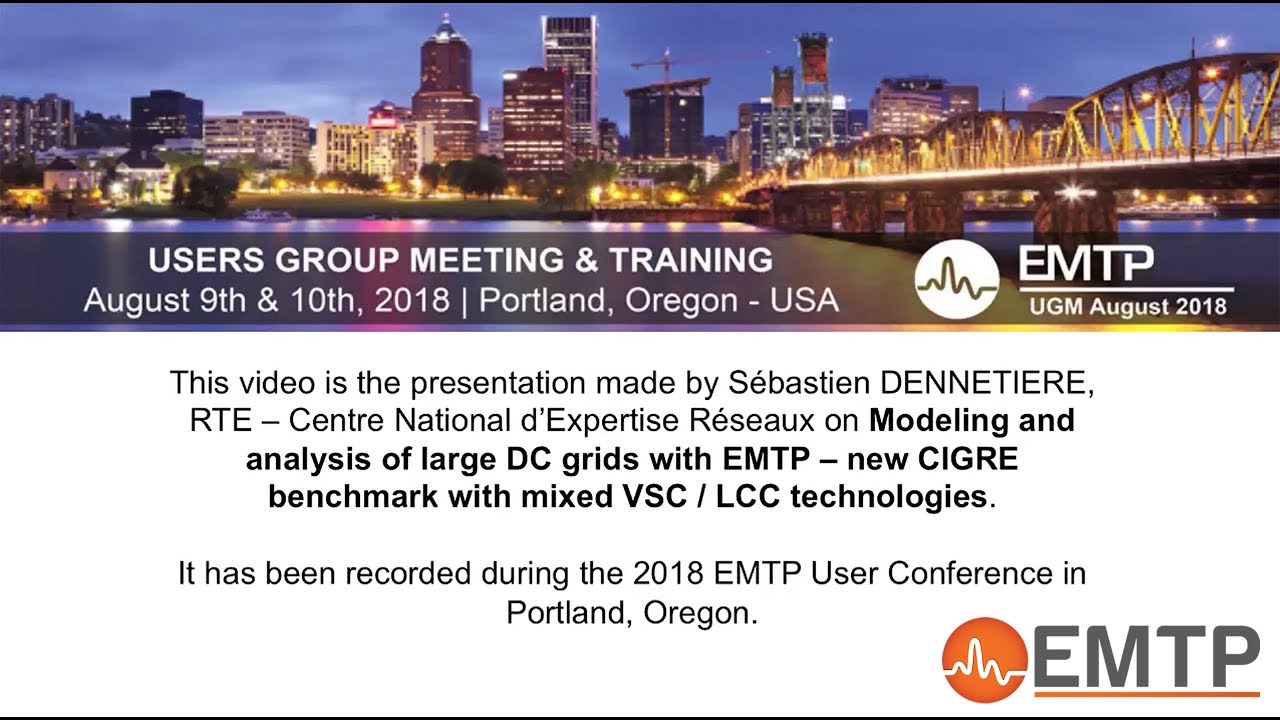
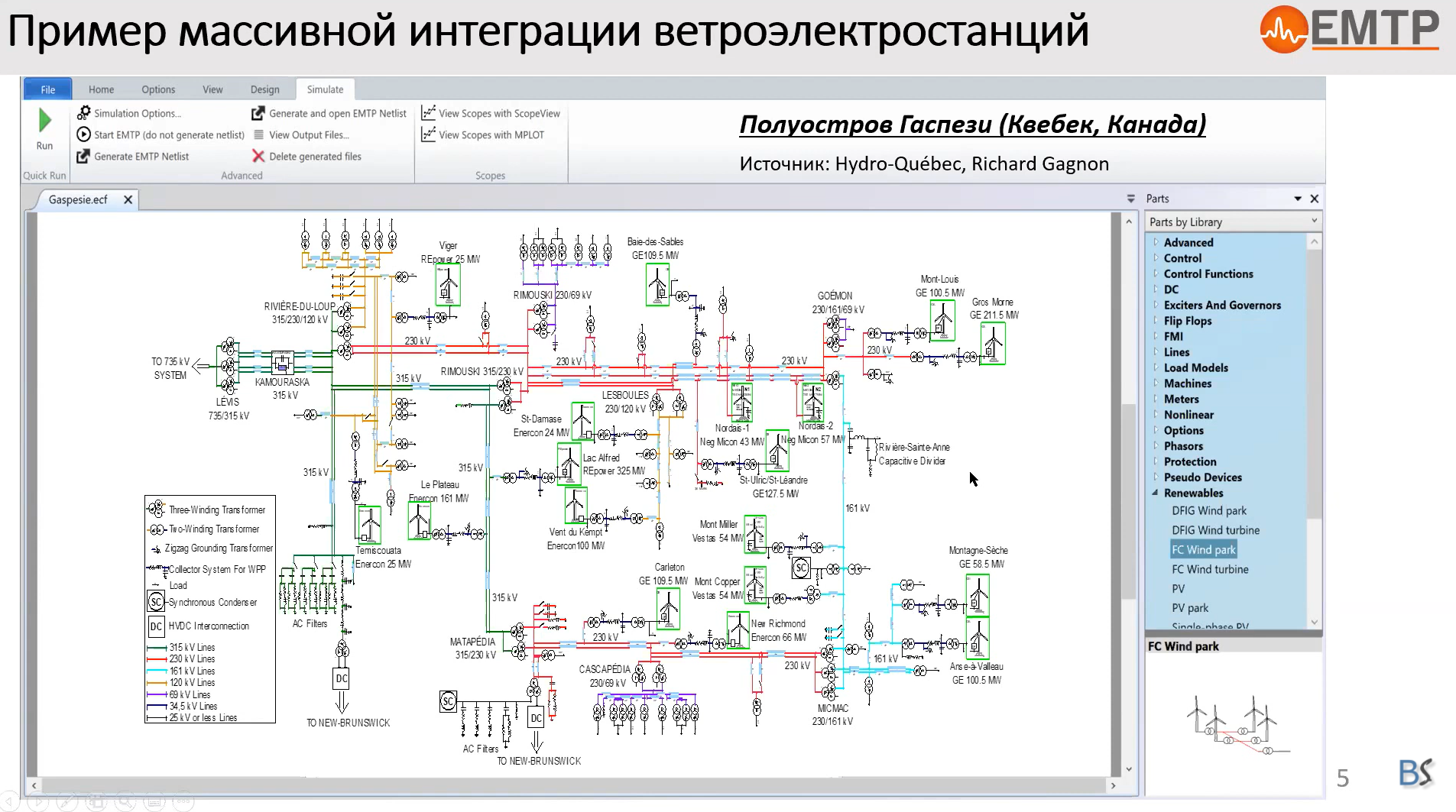
![[Protection_Devices]_Étude des courants coupés par les sectionneurs de changemen [Protection_Devices]_Étude des courants coupés par les sectionneurs de changemen](https://www.emtp.com/system/files/imagecache/presentation/TechnicalPresentation1.jpg)
